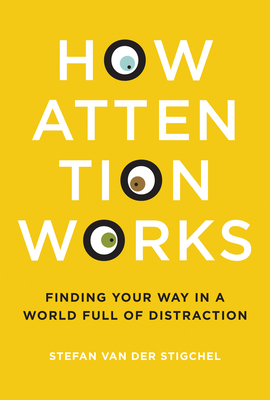Expedite your nonfiction book discovery process with Readara interviews, summaries and recommendations, Broaden your knowledge and gain insights from leading experts and scholars
In-depth, hour-long interviews with notable nonfiction authors, Gain new perspectives and ideas from the writer’s expertise and research, Valuable resource for readers and researchers
Optimize your book discovery process, Four-to eight-page summaries prepared by subject matter experts, Quickly review the book’s central messages and range of content
Books are handpicked covering a wide range of important categories and topics, Selected authors are subject experts, field professionals, or distinguished academics
Our editorial team includes books offering insights, unique views and researched-narratives in categories, Trade shows and book fairs, Book signings and in person author talks,Webinars and online events
Connect with editors and designers,Discover PR & marketing services providers, Source printers and related service providers

How Attention Works: Finding Your Way in a World Full of Distraction
Psychology > Cognitive Psychology & Cognition
- MIT Press
- Hardcover
- 9780262039260
- 9.1 X 6.2 X 0.8 inches
- 0.95 pounds
- Psychology > Cognitive Psychology & Cognition
- (Single Author) Asian American
- English
Readara.com
Book Description
We are surrounded by a world rich with visual information, but we pay attention to very little of it, filtering out what is irrelevant so we can focus on what we think we need to know. Advertisers, web designers, and other attention architects try hard to get our attention, promoting products with videos on huge outdoor screens, adding flashing banners to websites, and developing computer programs with blinking icons that tempt us to click. Often they succeed in distracting us from what we are supposed to be doing. In How Attention Works, Stefan Van der Stigchel explains the process of attention and what the implications are for our everyday lives.
The visual attention system is efficient, Van der Stigchel writes, because it doesn't waste energy processing every scrap of visual data it receives; it gathers only relevant information. We focus on one snippet of information and assume that everything else is stable and consistent with past experience; that's why most people miss even the most glaring continuity errors in films. If an object doesn't meet our expectations, chances are we won't see it. Van der Stigchel makes his case with examples from real life, explaining, among other things, the limitations of color perception (and why fire trucks shouldn't be red); the importance of location (security guards and radiologists, for example, have to know where to look); the attention-getting properties of faces and spiders; what we can learn from someone else's eye movements; why we see what we expect to see (magicians take advantage of this); and visual neglect and unattended information.
Author Bio
Stefan van der Stigchel is a professor in Cognitive Psychology at the department of Experimental Psychology at Utrecht University and principal investigator of the research group AttentionLab. For his research on visual attention, he received a VENI and VIDI NWO grant.
Stefan is author of the popular science book Zo werkt aandacht, which was published in English with title How Attention Works in Januari 2019. His second book Concentratie was released in the Netherlands in November 2018 and will be published by MIT Press in 2020.
Source: stefanvanderstigchel.nl
Community reviews
No Community reviews




